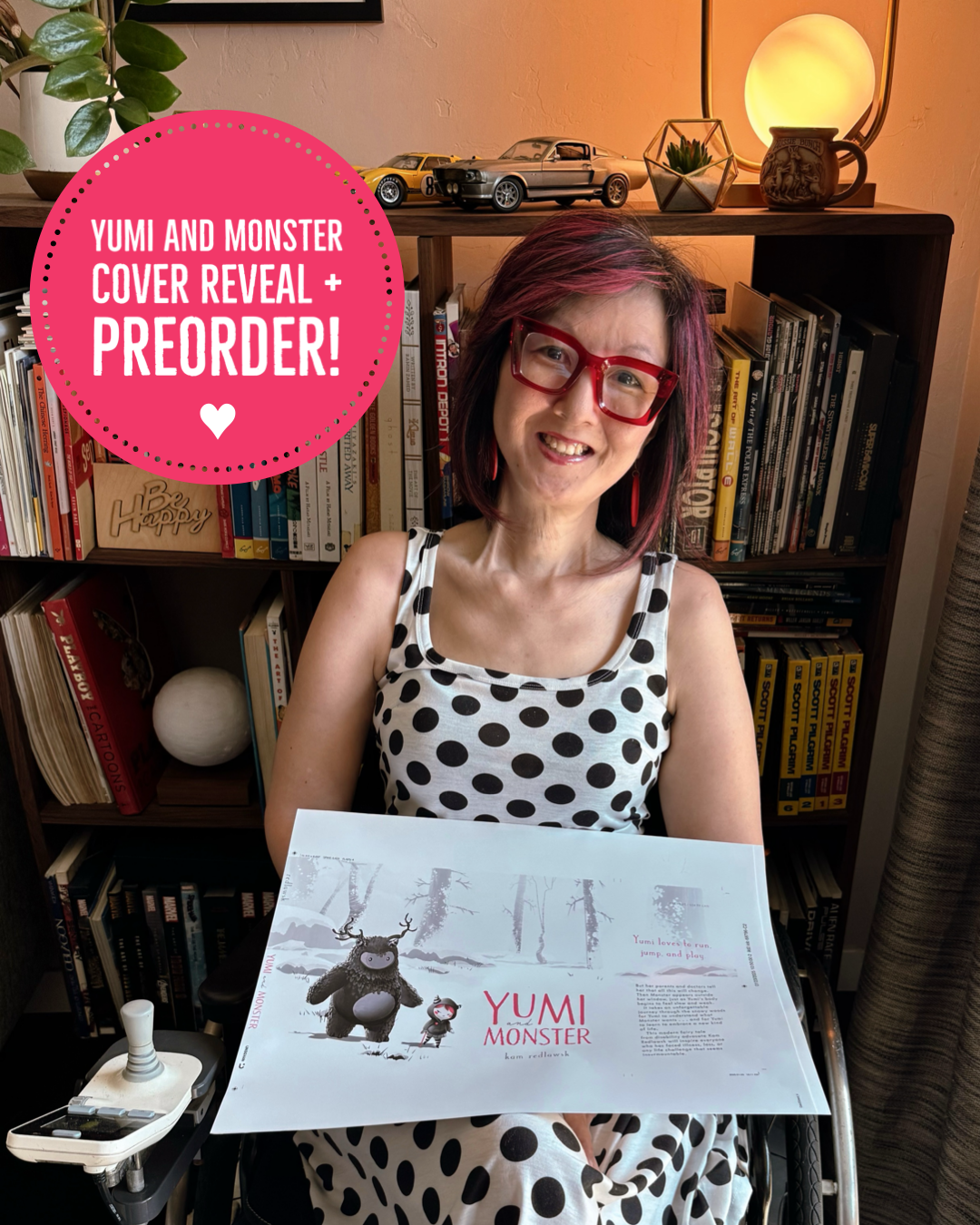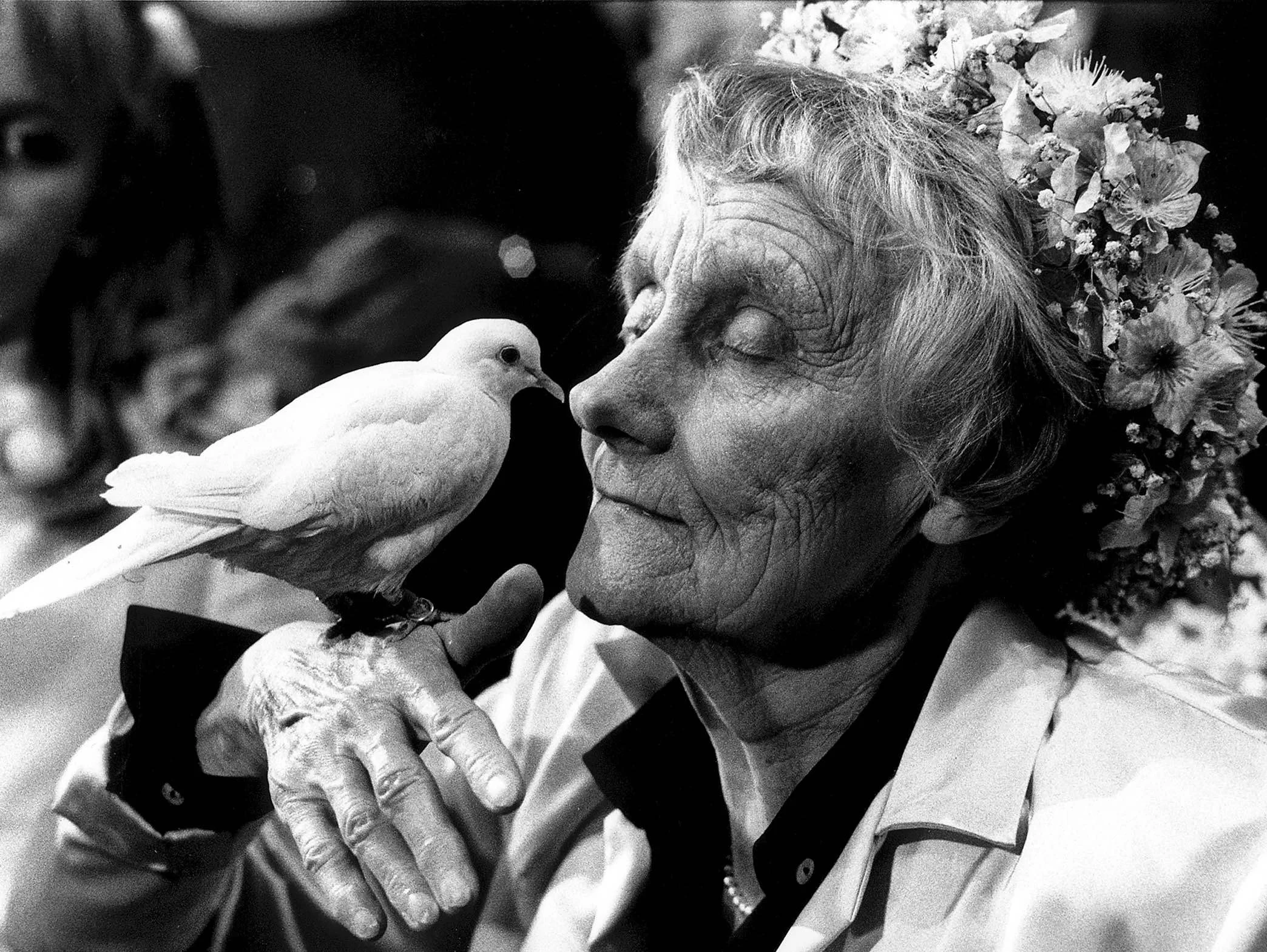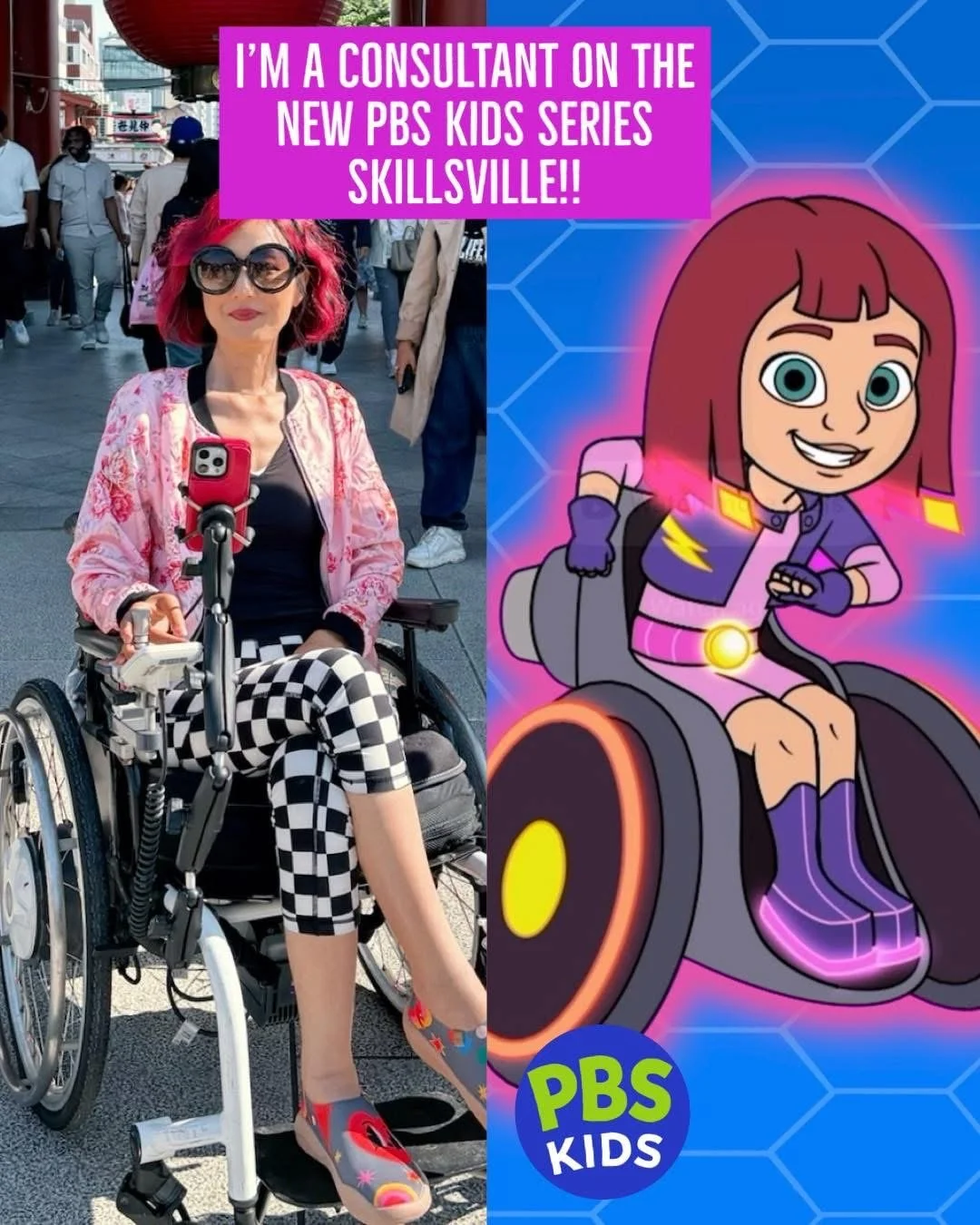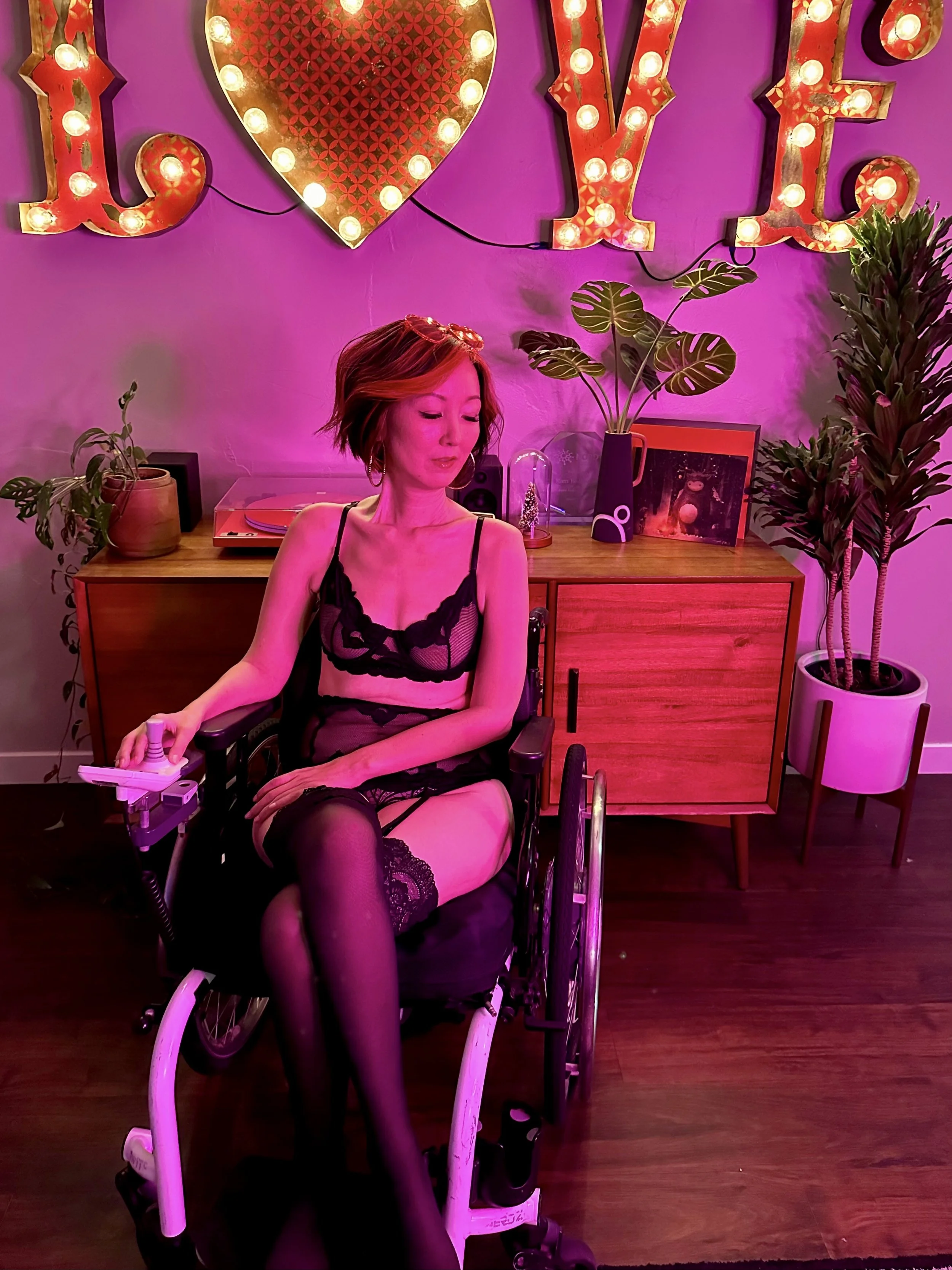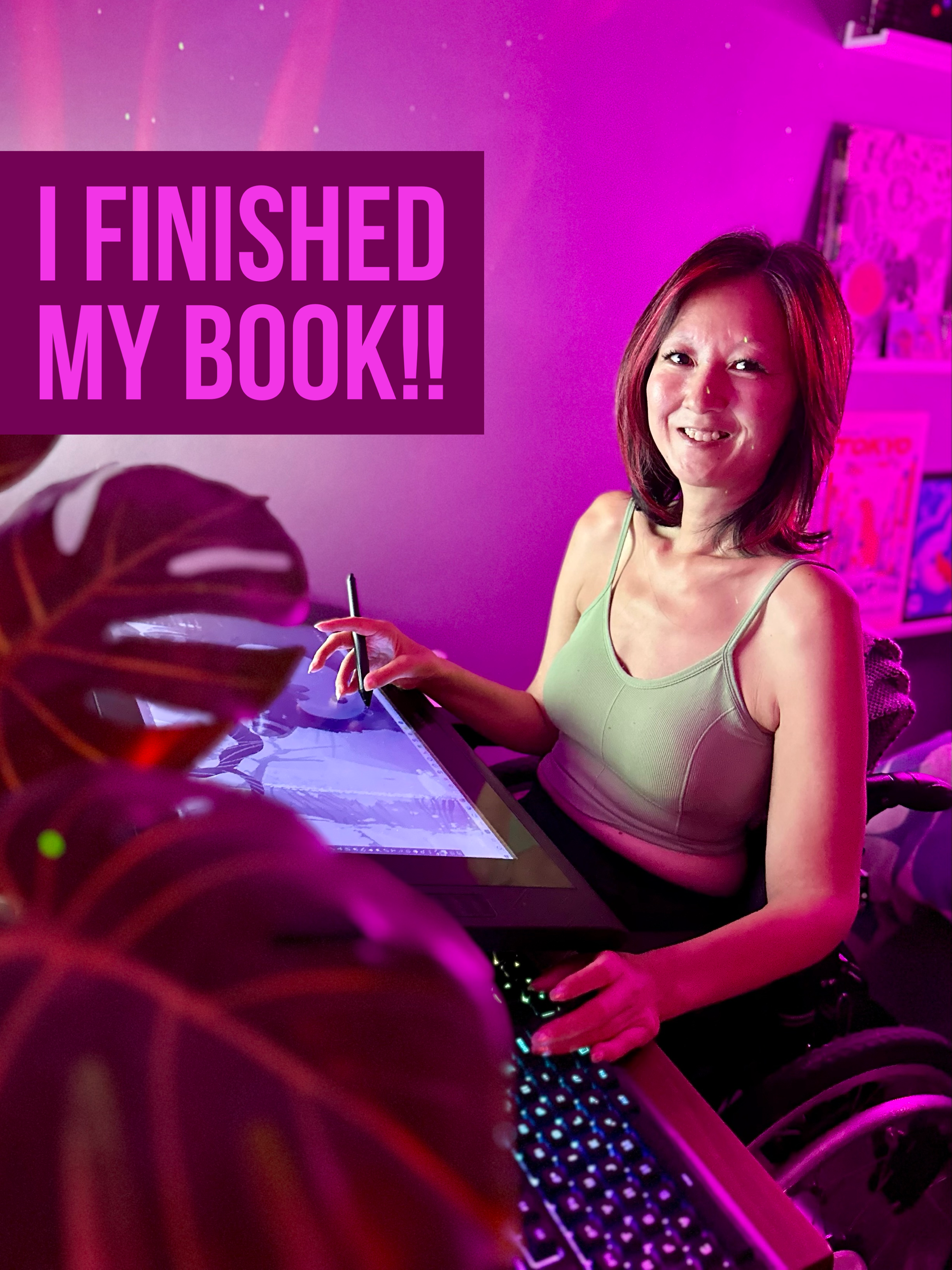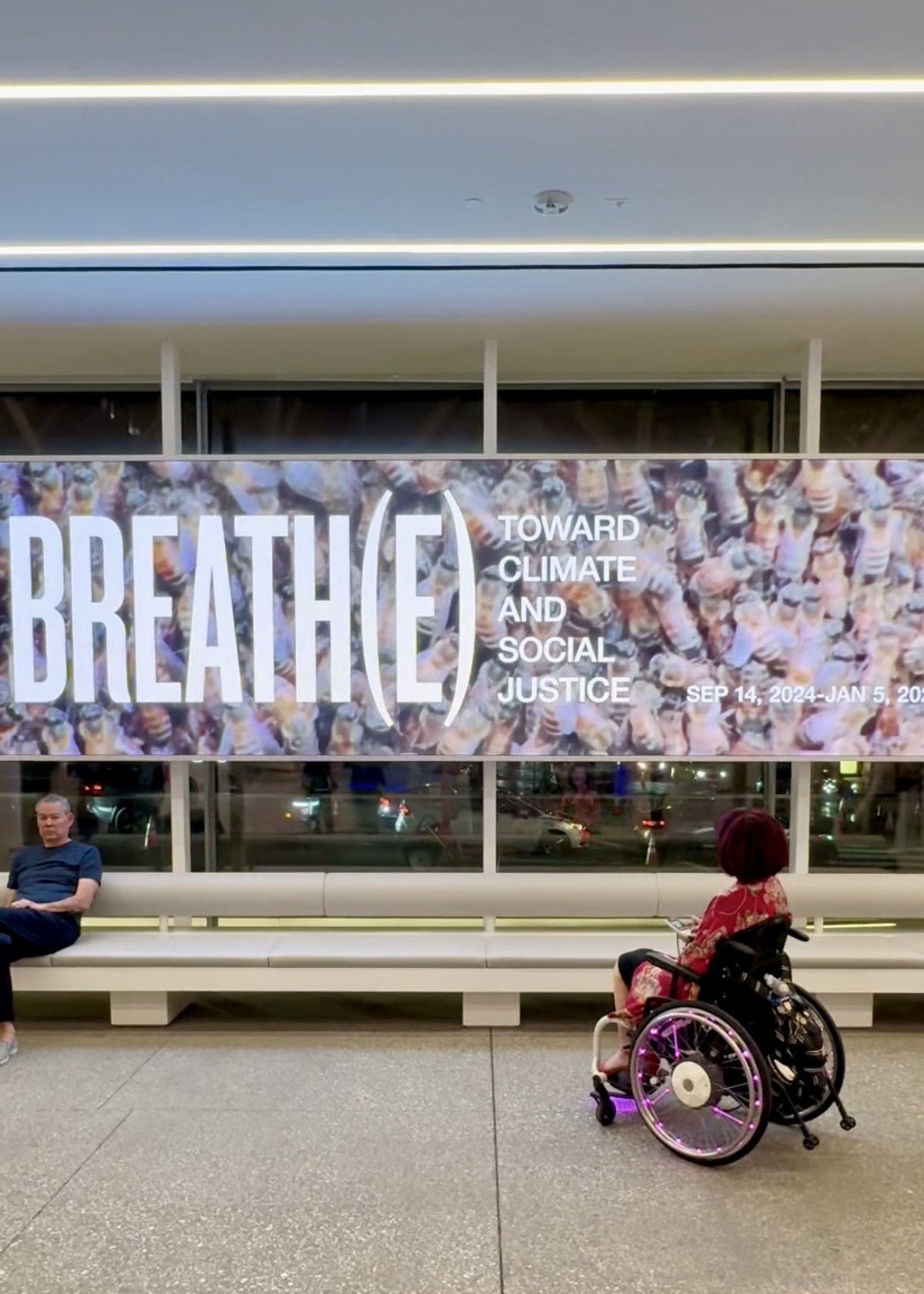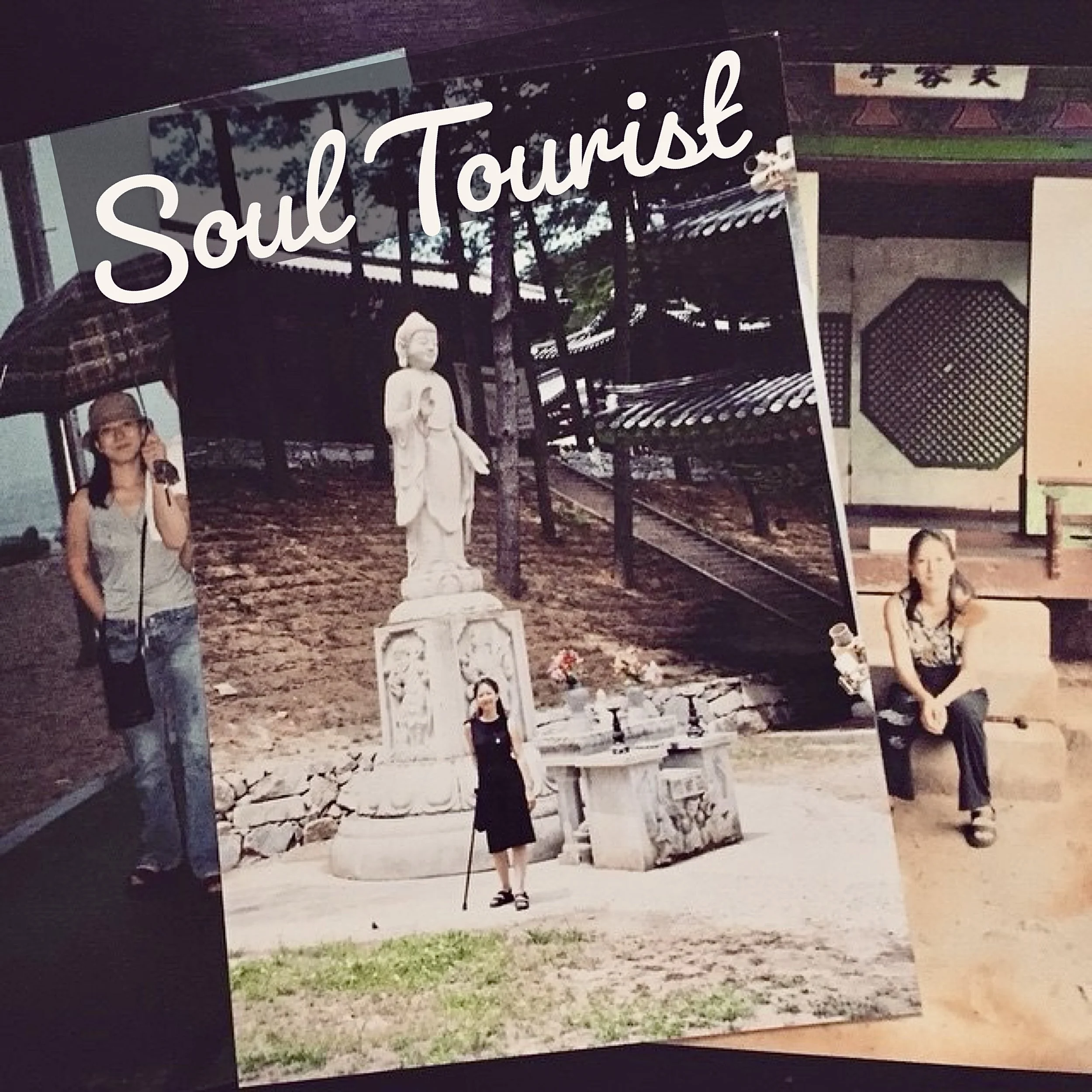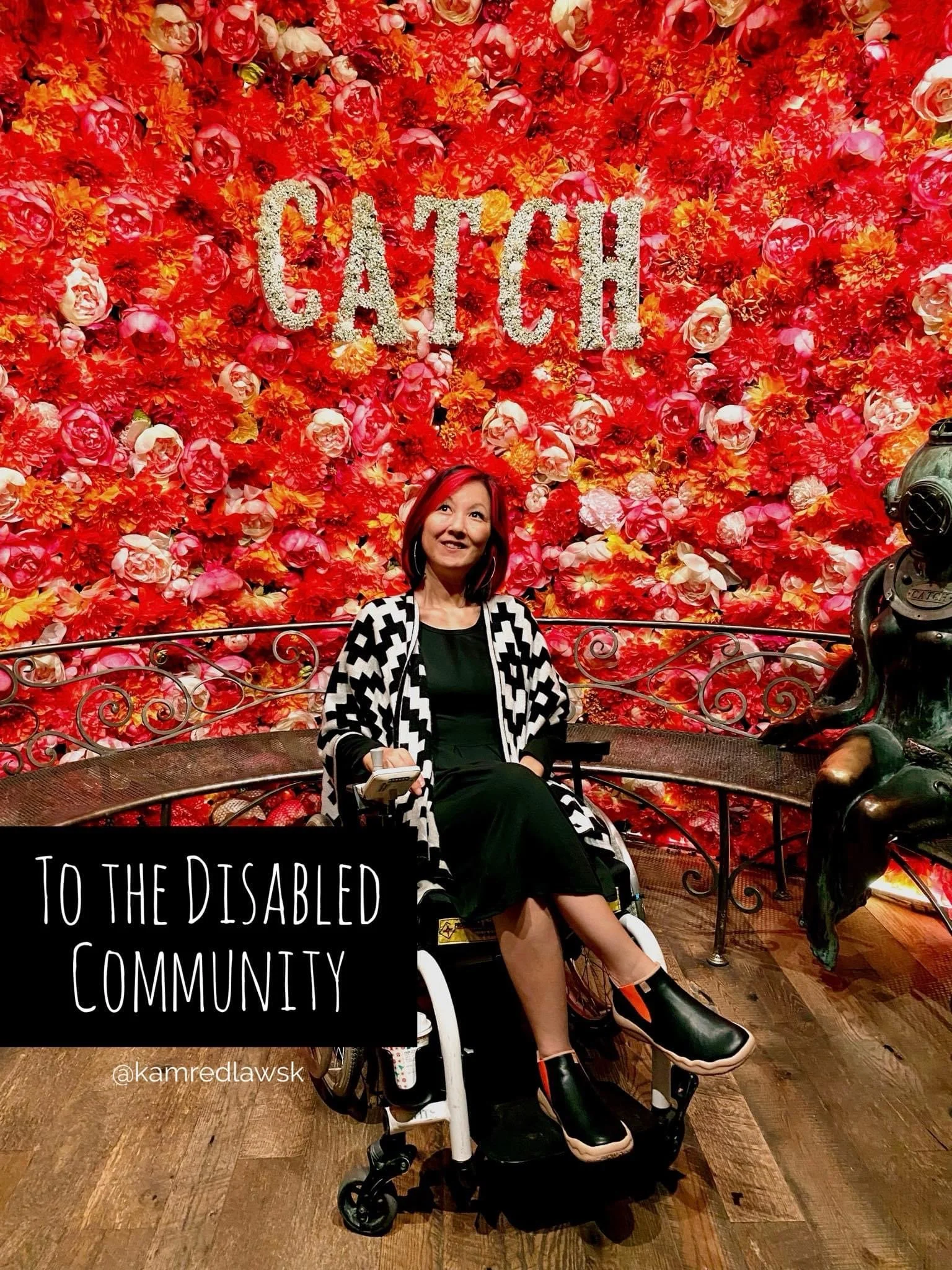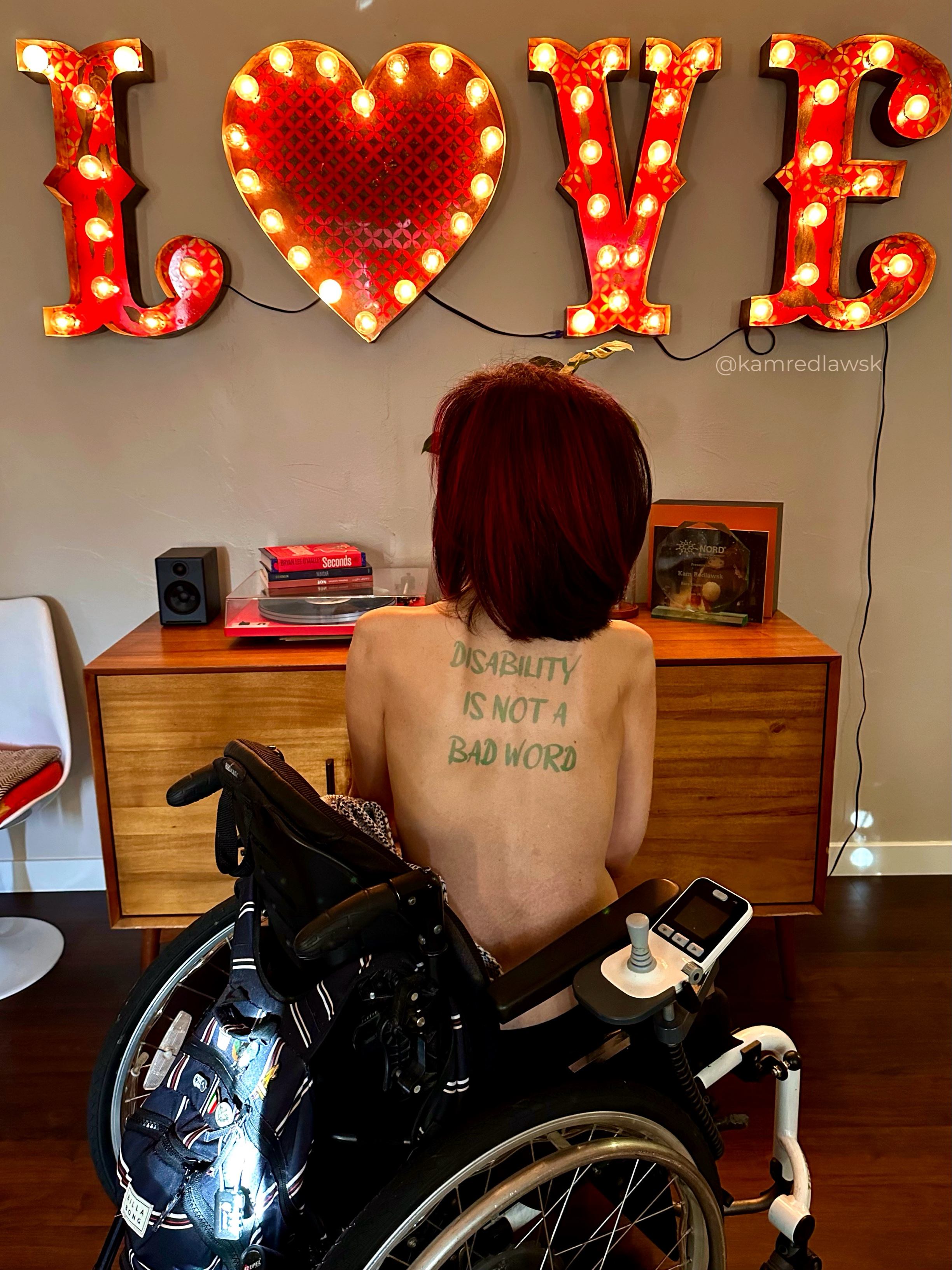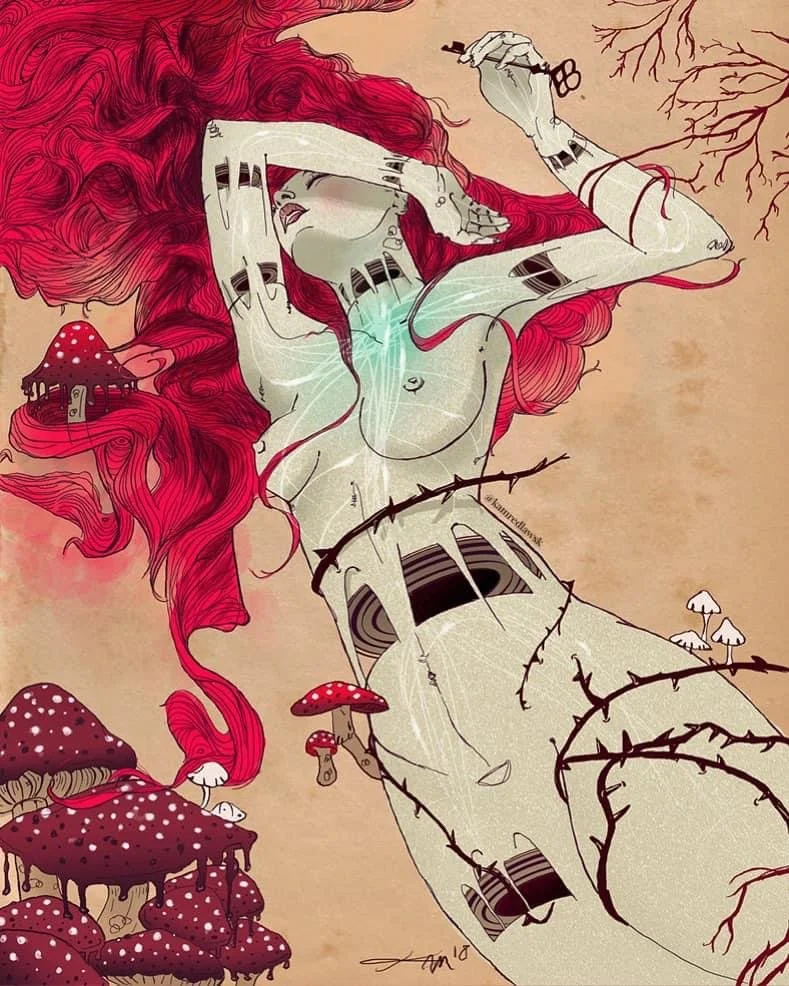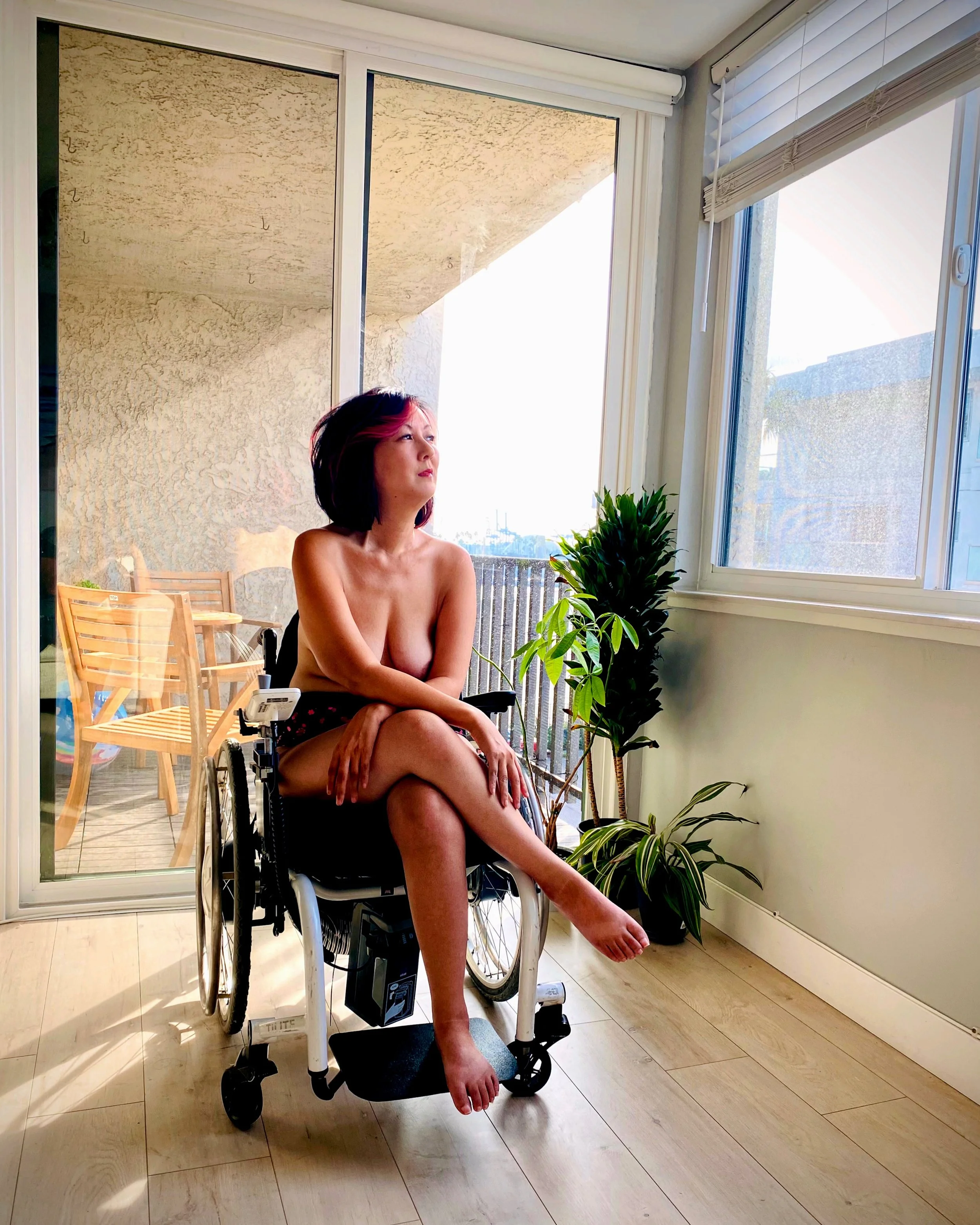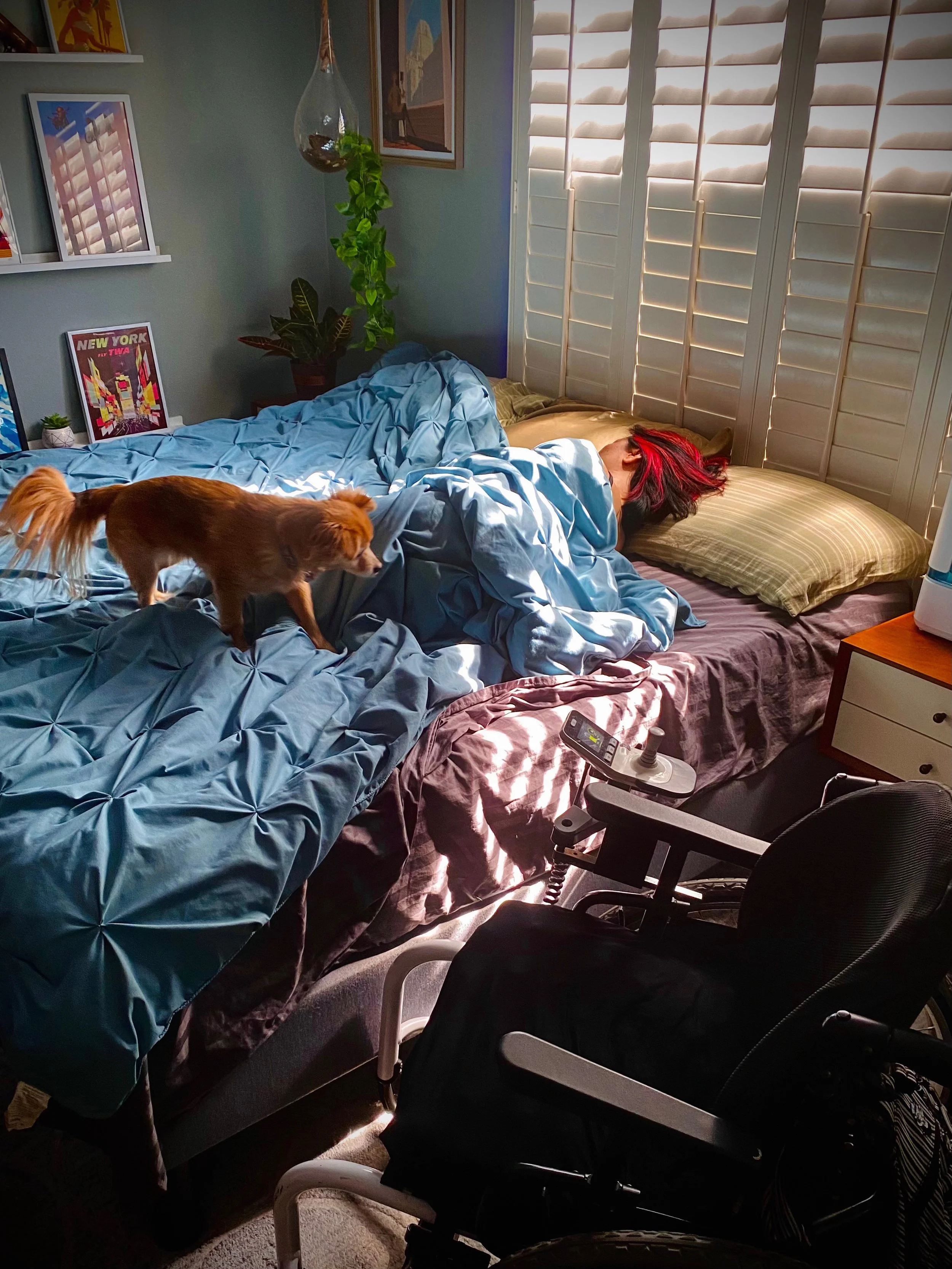Lost in Thought. Lost in Me. Lost in You. Lost in Japan.
As you know, I’ve been wheelchair traveling around Japan. It’s been 3 weeks today, and we have 12 more days here before we head to Taiwan and Korea. So far we’ve completed Tokyo, Matsumoto, Takayama and Japan Alps and Nagoya. We’re working on crossing off our last 2 cities before we leave Japan.
May 27, 2024 @ 3:45AM / Takayama, Japan
I’m awake and in insurmountable pain. Fatigue has cloaked me from sky to floor. My chronic stomach is no friend of mine. I could never explain the pain I’ve been in behind the smiles. The smile is genuine as I’m able to ignore pain when I’m truly inspired to live while traveling or creating, but eventually my body catches up and reminds me who is boss. My will is constantly pushing against my body, and I’m just an innocent bystander watching it happen.
Read More

